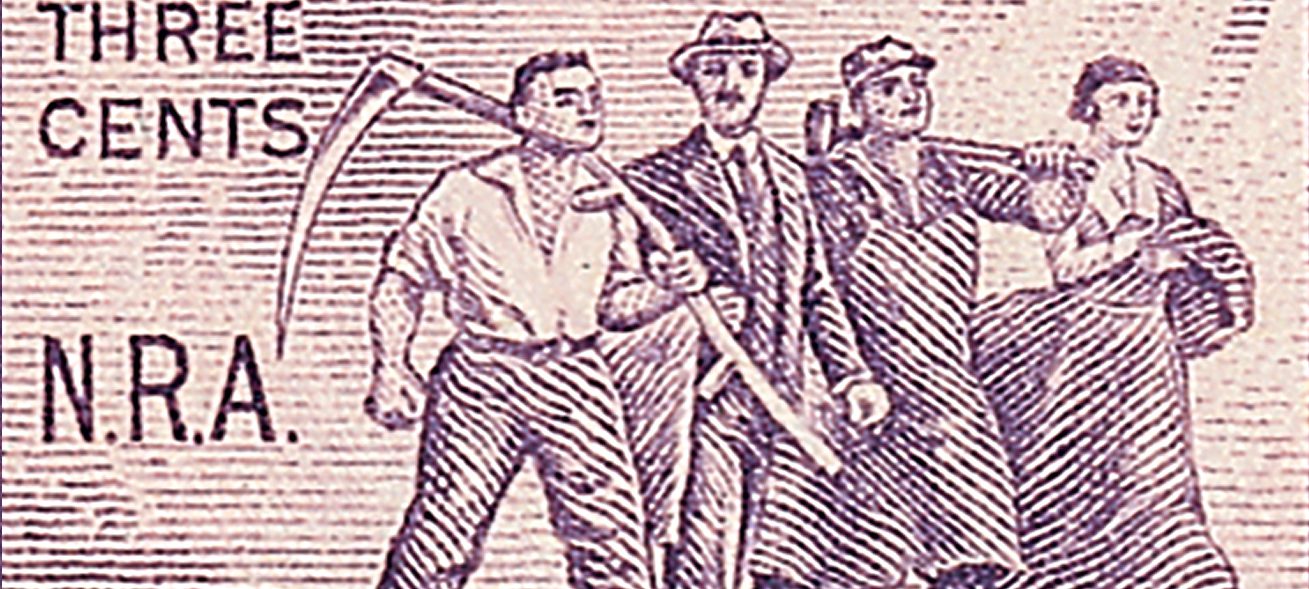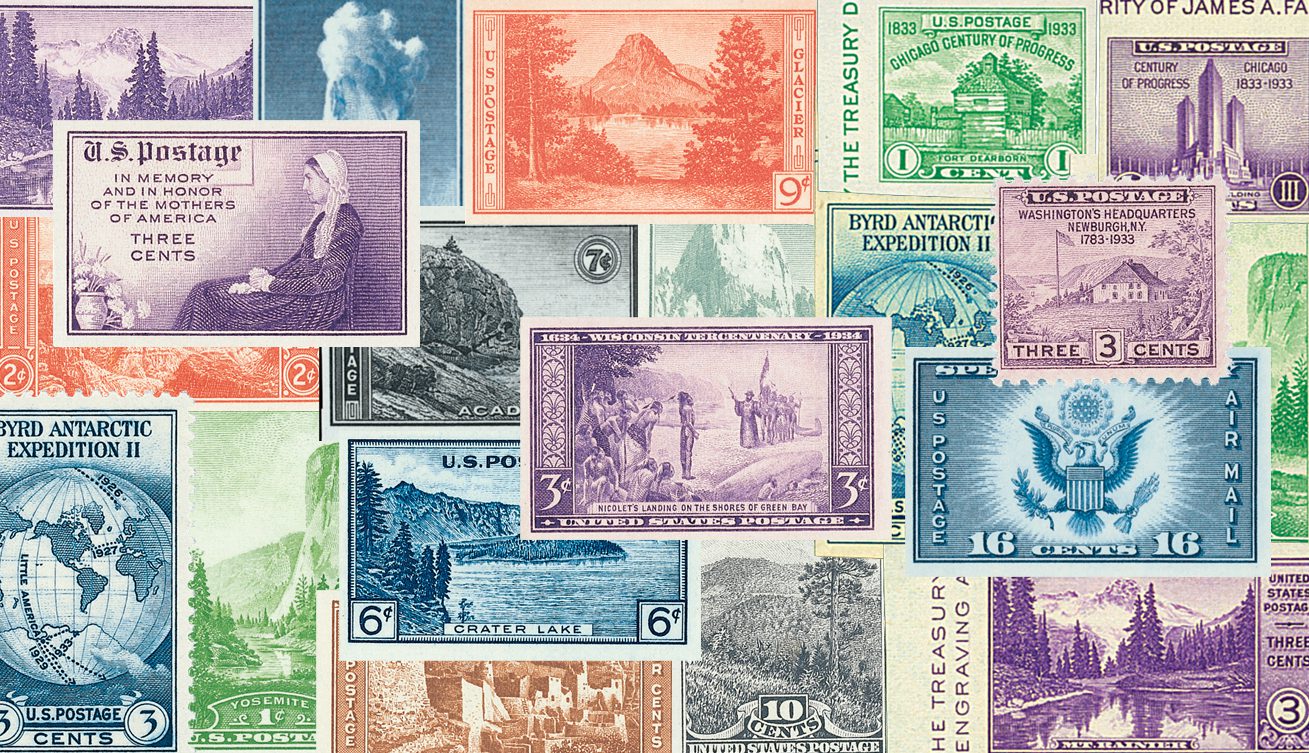West Virginia Becomes 35th State
On June 20, 1863, West Virginia joined the Union as the 35th state. It had formed from the western counties of Virginia which disagreed with the state’s decision to secede during the Civil War.

On June 20, 1863, West Virginia joined the Union as the 35th state. It had formed from the western counties of Virginia which disagreed with the state’s decision to secede during the Civil War.

On June 16, 1933, President Franklin Roosevelt signed legislation passing the National Industrial Recovery Act. It was a bold and ambitious attempt to fix a broken economy during one of the hardest times in American history.

President Harry S. Truman was born in Lamar, Missouri on May 8, 1884. America’s 33rd president, he led America through the final months of WWII and the early years of the Cold War.

On March 15, 1935, the US Post Office reissued 20 stamps known as “Farley’s Special Printings,” which were the result of the biggest stamp scandal of the time – “Farley’s Follies.”

On December 7, 1941, Japanese bombers attacked American troops at Pearl Harbor, launching the US into World War II.

On November 24, 1954, First Lady Mamie Eisenhower christened the first plane to be designated Air Force One.

On October 29, 1929, the worst stock market crash in history occurred, marking the start of the decade-long Great Depression. FDR’s New Deal and Works Progress Administration helped the US recover.

On October 16, 1940, the US Post Office Department issued a set of three stamps to raise support for a strong national defense. Conceived and designed by President Roosevelt, more than 19 billion stamps were sold, more than any other US stamp series up to that time.

On September 3, 1943, the Allies launched their invasion of Italy during World War II. Part of Operation Husky, it ultimately led to the liberation of Rome in June 1944.